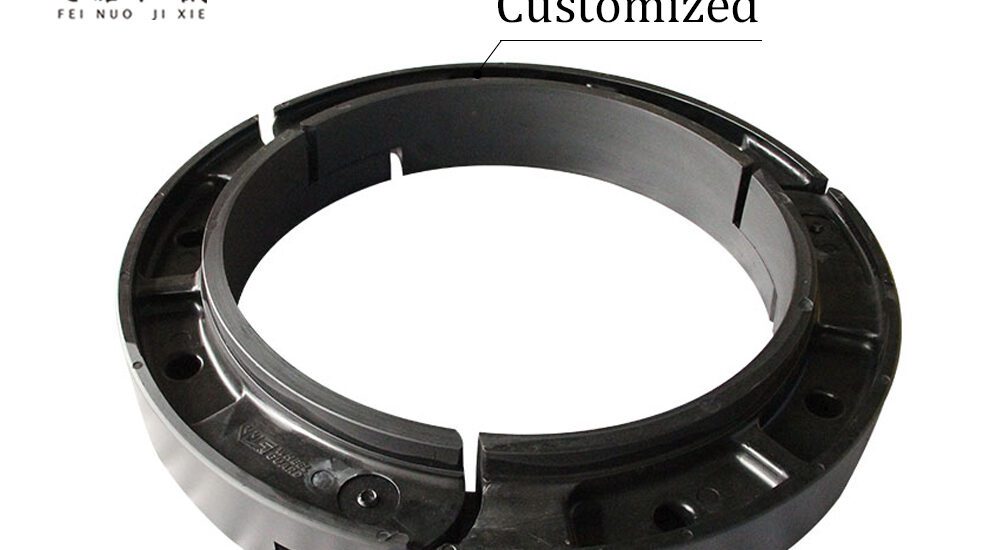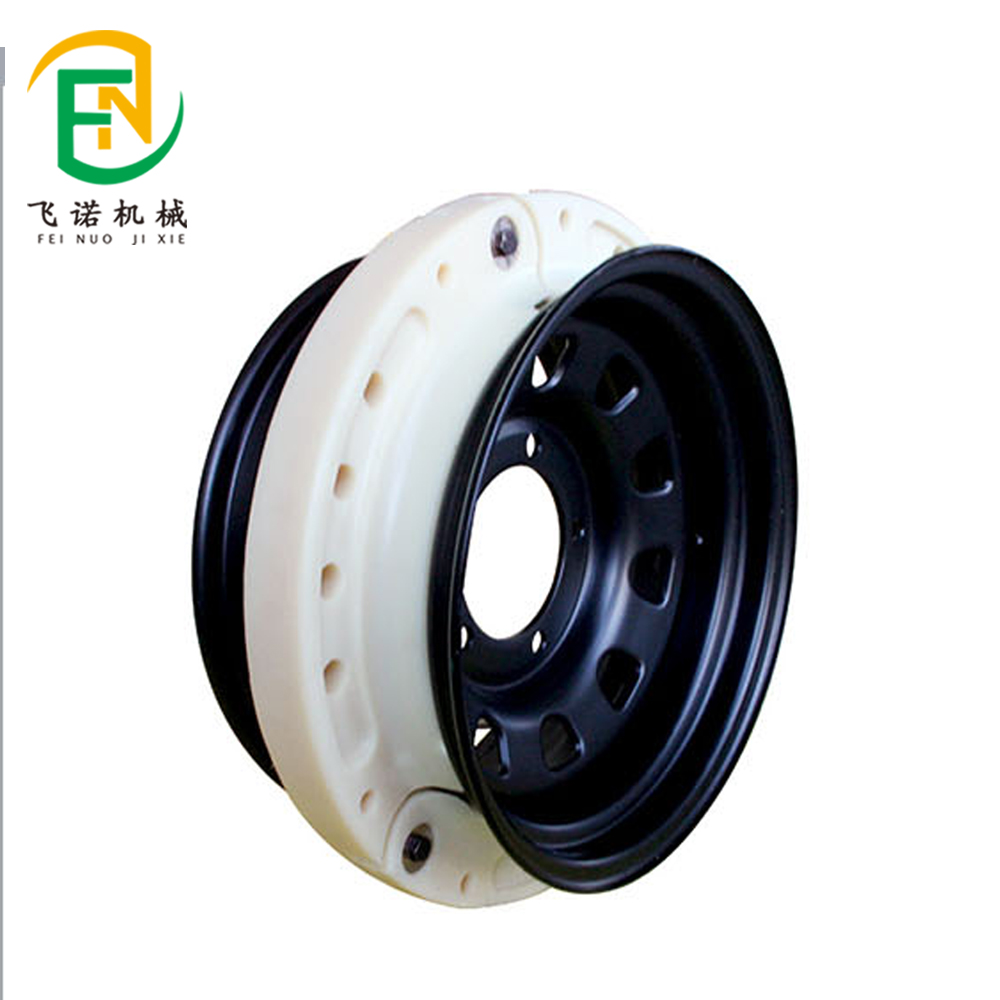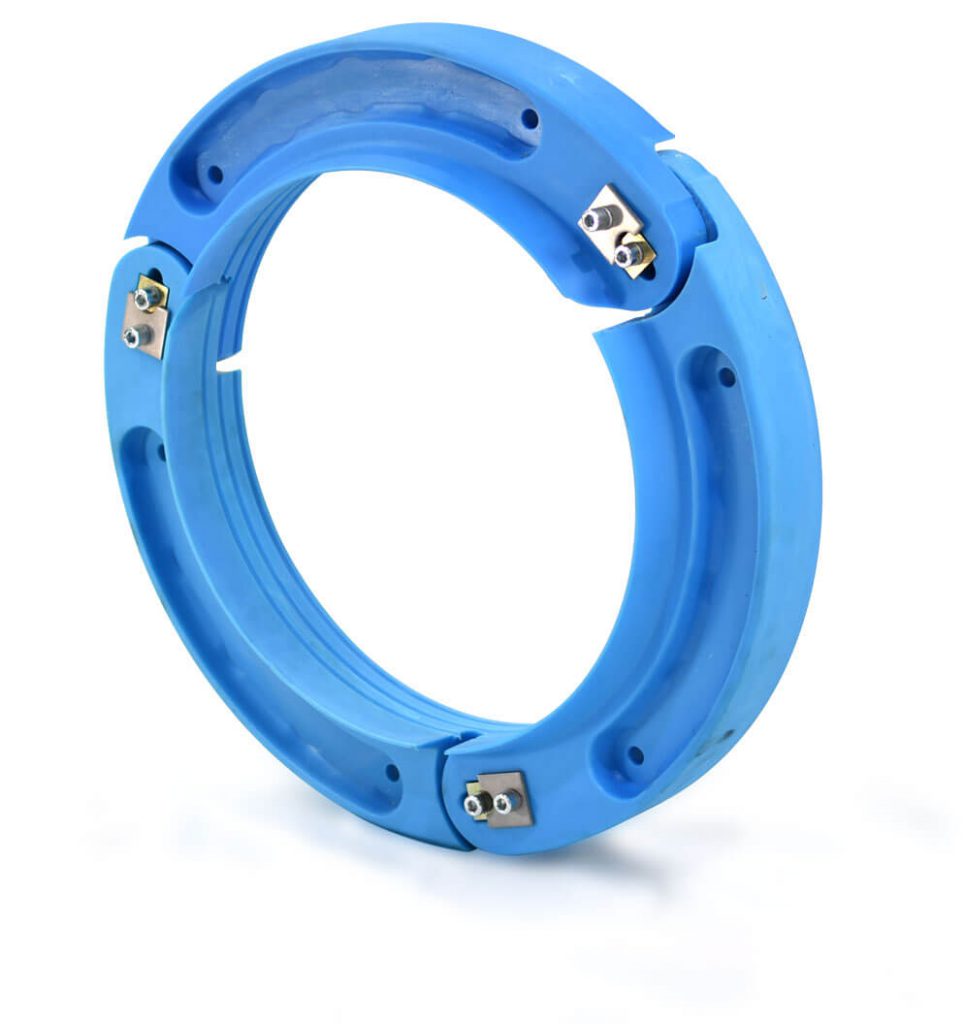- May 26, 2025
- Posted by: feinuojixie
- Category: Run Flat Guide


When a tyre goes flat, most people think of pulling over, calling for help, or struggling with a spare on the side of the road. Run flat tyre insert technology quietly changes that experience. These inserts are internal support systems—typically made of high-strength polymers or reinforced rubber—that sit inside the tyre and support the vehicle’s weight even after air pressure is lost. Unlike run-flat tyres that require reinforced sidewalls, run flat tyre insert operates as a mechanical backup, letting you drive safely for a limited distance, usually up to 80 kilometers, at reduced speeds. This allows drivers to reach a service station or a safe location without panic or immediate risk. The beauty of run flat tyre insert lies in its simplicity: it’s a passive safety system that activates when things go wrong, keeping you moving when you’d otherwise be stuck.


The Safety Advantage: Keeping You in Control
When a blowout happens at high speed or in heavy traffic, staying in control of your vehicle can mean the difference between a minor inconvenience and a serious accident. Run flat tyre insert plays a vital role in these moments. By supporting the vehicle even after pressure loss, it allows you to maintain steering precision and braking performance, giving you the crucial ability to react and maneuver safely. Whether it’s avoiding oncoming traffic, exiting a highway, or simply reaching the nearest service center, this stability is not just convenient—it can be life-saving. For drivers traveling with families or transporting valuable cargo, the added peace of mind is invaluable.
Convenience Redefined: No More Roadside Hassles
Nobody wants to change a tyre on the shoulder of a busy motorway or during a storm. With run flat tyre insert, those stressful roadside stops become a thing of the past. Once installed, the insert ensures that even a fully deflated tyre can still function temporarily, eliminating the urgency to stop immediately. This is particularly beneficial in remote or unsafe locations where help might not be readily available. For delivery drivers, fleet operators, and daily commuters, run flat tyre insert turns a potentially disruptive event into a manageable one—no spare tyre needed, no waiting on roadside assistance, just the ability to keep moving.
Economic Efficiency: More Than Just a Safety Net
While run flat tyre insert is often praised for its safety benefits, its economic advantages are equally compelling. Tyre blowouts can lead to more than just a flat—they can damage rims, suspension components, or result in costly towing. With the ability to keep moving, run flat tyre insert can reduce the chance of further vehicle damage. Over time, this translates into fewer repairs and service calls. Insurance providers may also view vehicles equipped with run flat solutions as lower risk, potentially leading to premium reductions. And in fleet operations, the savings from reduced downtime and maintenance can be significant.
Applications Beyond Passenger Cars
Although run flat tyre insert is gaining popularity in consumer vehicles, its applications extend well beyond personal transportation. In military settings, where reliability under fire is critical, run flat solutions are standard. Armored vehicles and off-road utility trucks rely on these inserts to navigate hostile terrain even after tyre damage. Commercial fleets, such as delivery vans and construction vehicles, also benefit from reduced service interruptions and enhanced load-bearing capacity. In agricultural and emergency vehicles, run flat tyre insert ensures operations continue smoothly, even when road conditions are rough or unpredictable. It’s a technology built for resilience, no matter the environment.
How to Choose the Right Run Flat Tyre Insert for Your Vehicle
Selecting the ideal run flat tyre insert depends on your driving needs, vehicle type, and usage patterns. Start by checking compatibility with your current tyres and wheels. Not all inserts fit every size or rim design, so it’s important to follow manufacturer specifications. Quality matters—look for inserts tested under international safety standards, and avoid generic products without proper certifications. If you’re operating a fleet, consider inserts designed for heavy-duty or commercial use. Reviews, warranties, and technical support availability can also guide your decision. Consulting with a tyre professional can help ensure a proper fit and long-term satisfaction.


Installation and Maintenance: What You Need to Know
Installing run flat tyre insert usually requires a trained technician and specialized equipment, especially for optimal alignment and balance. The process involves dismounting the tyre, placing the insert inside the cavity, and remounting everything securely. Once installed, maintenance is minimal. However, regular tyre inspections remain essential to detect punctures or wear that might go unnoticed due to the insert’s support. It’s also important to understand the limitations—run flat tyre insert is designed to offer temporary mobility, not to be driven indefinitely without air pressure. Following speed and distance guidelines after a puncture ensures both safety and performance.
The Future of Mobility: Innovations in Run Flat Tyre Insert Technology
Run flat tyre insert is evolving rapidly to meet the demands of modern transportation. New materials—like advanced composites and lightweight polymers—are making inserts more durable while reducing their impact on fuel efficiency. Some manufacturers are integrating sensor systems that alert drivers when the insert is engaged or the tyre is compromised. As electric vehicles become more common, the demand for low-maintenance, puncture-resistant solutions will likely rise, and run flat technology is expected to play a growing role. With self-driving cars on the horizon, tyre autonomy will become a necessity, not a luxury—and run flat tyre insert will be part of that transformation.
